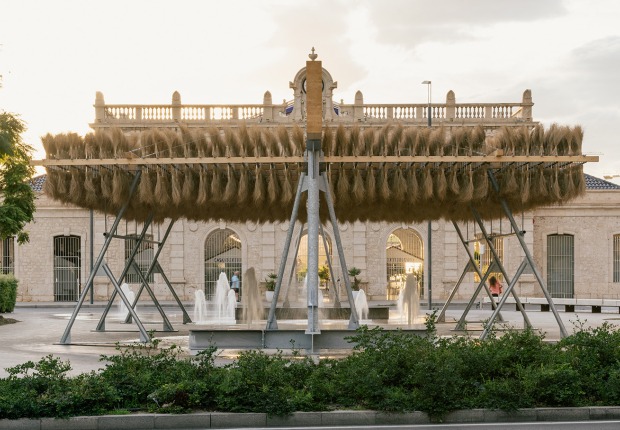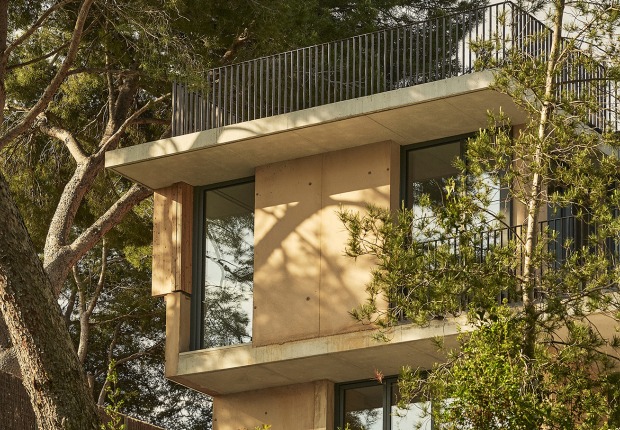Organizers: Mori Art Museum, UIA2011 TOKYO Japan Organizing Board, Nikkei Inc.
CuratorialTeam:
MoriArtMuseum: NanjoFumio,MaedaNaotake(ProjectManager),KataokaMami,TagomoriMiho
Collegium Metabolism: Yatsuka Hajime (Representative), Asada Mari, Imamura Souhei, Ota Kayoko, Kaneko Yusuke, Kikuchi Makoto, Kuan Seng, Toda Jo, Toyokawa Saikaku, Nango Yoshikazu, Hino Naohiko, Matsushita Kiwa, Mizutani Akihiro, Yamana Yoshiyuki.
Advisory Committee: Isozaki Arata, Ekuan Kenji, Otani Sachio, Kawazoe Noboru, Kikutake Kiyonori, Fujimori Terunobu, Maki Fumihiko,Yatsuka Hajime Cooperation: Kurokawa Kako, Kurokawa Mikio, Tange Takako, Tange Paul Noritaka, Awazu Design Co., Ltd., Otaka Architect & Associates, Kisho Kurokawa Architect & Associates, Tange Associates, Digital Hollywood University Graduate school, Commemorative organization for the Japan World Exposition '70.
In Association with: Agency for Cultural Affairs, Tokyo Metropolitan Government, Architectural Institute of Japan, The Japan Institute of Architects, The City Planning Institute of Japan, City Planning Association of Japan.

Kurokawa Kisho. Agricultural City Project (unbuild) 1960. Illustration: Morinaga Yoh.
The Mori Art Museum presents “Metabolism, the City of the Future”. Metabolism, which sprang up in the 1960s, remains the most widely known modern architecture movement to have emerged from Japan. As its biological name suggests, the Metabolism movement contends that buildings and cities should be designed in the same organic way that the material substance of a natural organism propagates—deftly adapting to its environment by changing its form in rapid succession. The scale of the vision emerging from this movement is enormous: a floating island-city that stretches across Tokyo Bay, a city of skyscrapers connected by corridors suspended in the sky.

Syowa Station. Asada Takashi and others 1957. Antarctic / Illustration: Morinaga Yoh.
The Metabolism movement was developed during the period of reconstruction in which war-torn Japan worked to move toward its period of rapid economic growth in the wake of World War II. The architects involved engaged in heated debates over their conceptions of the ideal city and planned a great deal of experimental architecture and cities based on ideas of lifestyles and communities for a new era. Precisely as Japan is confronting great difficulties today, Metabolism is packed with valuable hints for architectural and urban development. This is the first exhibition in the world to provide such a comprehensive overview of the movement. Comprising more than 500 exhibits, it offers the opportunity to reconsider the direction that should be taken by architecture and cities of the future.

Kikutake Kiyonori. ECO POLIS (unbuild) early 1990s. Illustration: Morinaga Yoh.




































